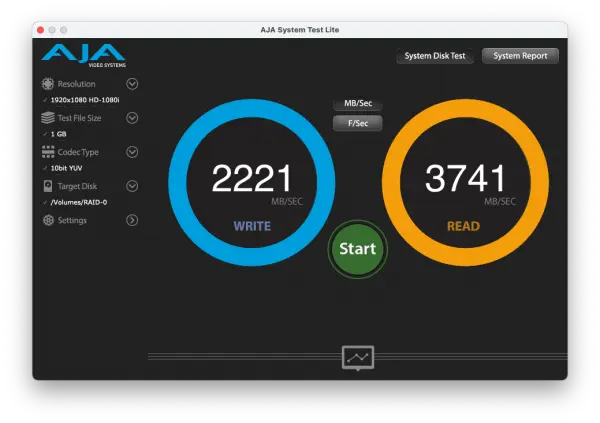It’s not just you. If you’ve received this error the odds are pretty good this component of your schema is correct and your validator is mistaken.

Schema.org Person type
Specifically, in this case, the
Google Structured Data Tester. After testing this blog, I was puzzled as to why Google was throwing an
Erroron this property. I checked the documentation on
schema.organd as expected,
Personis indeeda valid type for the
Publisherproperty.
Specifically, “Values expected to be one of these types: Organization andPerson“. Perhaps I was missing context? Nope.
Google’s validator just needs to be updated to be in parity with the official Schema.org specs.
Thank you for coming to my Ted Talk.
















